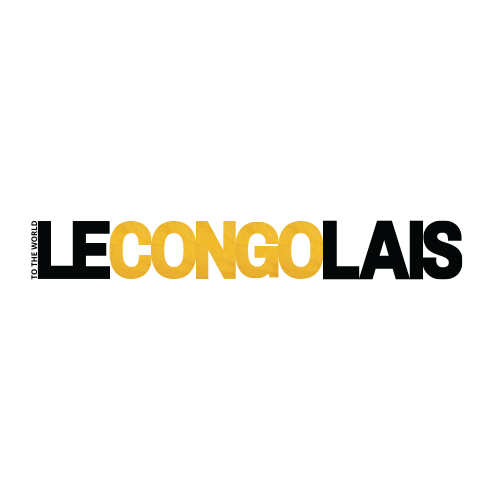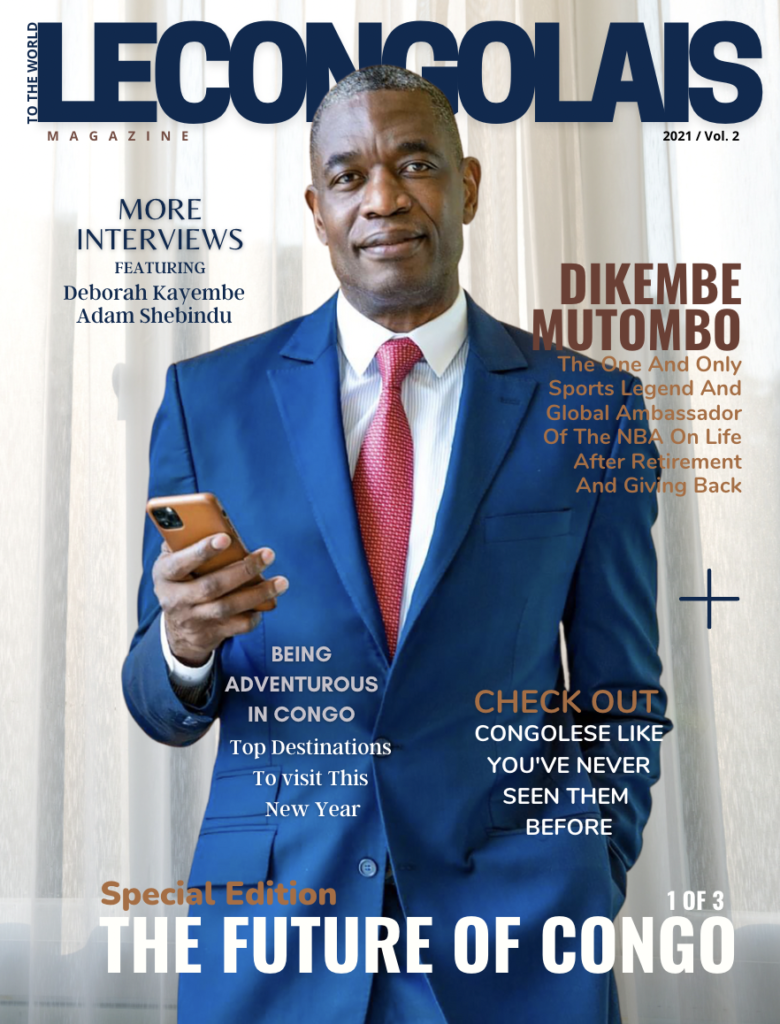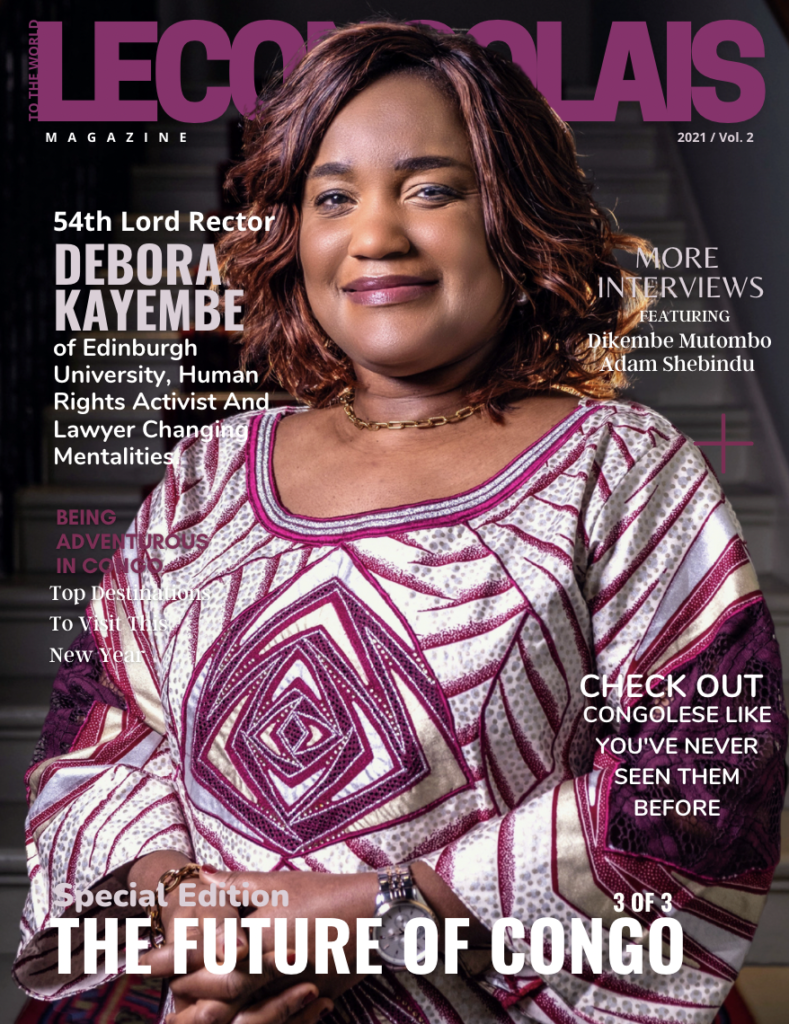BY JANE DEBBIE
The Democratic Republic of Congo has been going through incredible political turmoil for decades, and it is only natural for its leaders and its people to want better for their country.
Better relationships with neighboring countries, better resources, better infrastructure, a better economy, and overall better times in future.
Being a part of the East African Community (EAC) ensures that the DRC can exploit natural and human resources in the East African Region.
Poverty in the DRC is high, even though it is endowed with exceptional natural resources. The population makes for readily available human resources, which means that with effective policies and great leadership, the DRC can emerge from extreme poverty. The East African Community creates an avenue for the DRC to foster diplomatic relationship that will further their political, economic, and social aspirations.
What is the East African Community?
The East African Community is a regional intergovernmental organization whose mission is to widen and deepen economic, political, social, and cultural integration in order to improve the quality of life for the people of East Africa through increased competitiveness, value added production, trade and investments. There are 7 member countries: the democratic Republic of Congo, The Republics of Burundi, Kenya, Rwanda, South Sudan, Uganda, and The United republic of Tanzania. The EAC headquarters are in Arusha, Tanzania.

What will the East African Community do for The Democratic Republic of Congo?
During the 46th Extra-Ordinary meeting held on 8 February 2022, the council heading the EAC noted that the negotiations with the DRC were concluded and a negotiation framework matrix was adopted. The ministers recommended to the EAC summit head of states that the DRC be admitted to the community in accordance with Article 3 (3) of the treaty.
On Tuesday, 29th March 2022, the Democratic Republic of Congo became the 7th partner state of the East African Community. Admitting the DRC to the EAC demonstrated the agility of the EAC to expand beyond its socio-cultural boundaries to new people, trade-centered partnerships, and collaborations. The new addition increased trade opportunities for the citizens.
After meeting the set criteria for being a partner state as set in the Treaty for the Establishment of the EAC, the DRC created opportunities for its people, paving the way for the harmonization of the country’s policies with those of the EAC.
This new partnership will ensure increased Intra-EAC trade especially as a new EAC organ that solely focuses on mining, natural resources, and energy. The EAC, through President Yoweri Museveni of Uganda declared that they are looking forward to working on restoring peace and stability in Eastern DRC. As the DRC joins the EAC, all other member states are hoping for the seamless integration of the people of DRC into the bloc.
The admission of DRC into the EAC also comes with increased GDP and an expanded market size which makes the EAC home to about 300 million people. This will be mutually beneficial for both the DRC and the EAC. It will provide employment and investment opportunities.
The EAC now stretches from the Indian Ocean to the Atlantic Ocean. This means that the entire region will now be now be able to access the larger African Continental Free Trade Area (AfCFTA). As a result, the EAC partner states will enjoy lower tariffs on goods, the removal of trade restrictions among member states, and goods and services will move more freely. The larger market also ensures that manufacturers in the EAC, both SMEs and larger manufacturers, will benefit from better economies, making them increasingly efficient and competitive.
The DRC will also integrate the EAC’s trade infrastructure, intermodal connectivity, One-Stop Border Posts, and trade systems to reduce trade time and costs.

East African Community Achievements
The process of integration into the East African Community is anchored on four pillars, i.e. Customs Union, Common Market, Monetary Union, and Political Federation. Through these four pillars, every partner state has enjoyed numerous benefits. Some of the achievements realized under these four pillars include:
1. Removal of Non-Tariff Barriers (NTBs)
NTBs can be frustrating because they cause prolonged clearance procedures, delays at the ports of entry/exit, delays at weighbridges, and numerous road blocks. The EAC has eliminated the NTBs to ensure that interstate trade continues without delay or unwarranted expenses.
2. Establishment of the EAC Single Customs Territory
For faster clearance and movement of cargo from port to entry of destination, the Single Customs Territory ensures easy clearance of goods and direct movement without numerous customs checks.
3. Tax harmonization
Partner states through the treaty agree to harmonize their tax policies with a view on removing tax distortions in order to bring about more efficient allocation of resources within the community.
4. Harmonization of standards
Both indigenous and international standards determine trade policies within the region and internationally. Harmonization of standards allows better regional and international relations.
5. One Stop Border Posts (OSBPs)
One of the main challenges facing the integration process is lack of cooperation among agencies operating at the border posts in the EAC. OSBPs facilitate cross-border movement through reduction of the time taken in the clearance procedure. This allows free movement of persons and labor by implementing:
Reciprocal opening of border posts for 24 hours.
Harmonized entry/exit points.
Students pass issued gratis.
Waived permit fees for Kenya, Rwanda, and Uganda.
Harmonization of procedures for issuance of work permits.
Joint promotion of tourism.
6. Joint intervention for food security
This was made possible by the implementation of the EAC Industrialization Policy and Strategy for value addition in agricultural production. The EAC also provides financial support to Community Driven Development groups (CDDs), which enable numerous initiatives such as tree planting, bee keeping, and other income generating projects.
The EAC safeguards member states from international economic shocks, which is essential for financial security even in trying times such as these. For the DRC, the people will enjoy numerous benefits that if otherwise ignored would make tough times harder. With the conflict resolutions mechanisms in place today, this makes DRC a country set for a brighter future, regardless of the state of worldwide politics at the moment.












You must be logged in to post a comment.